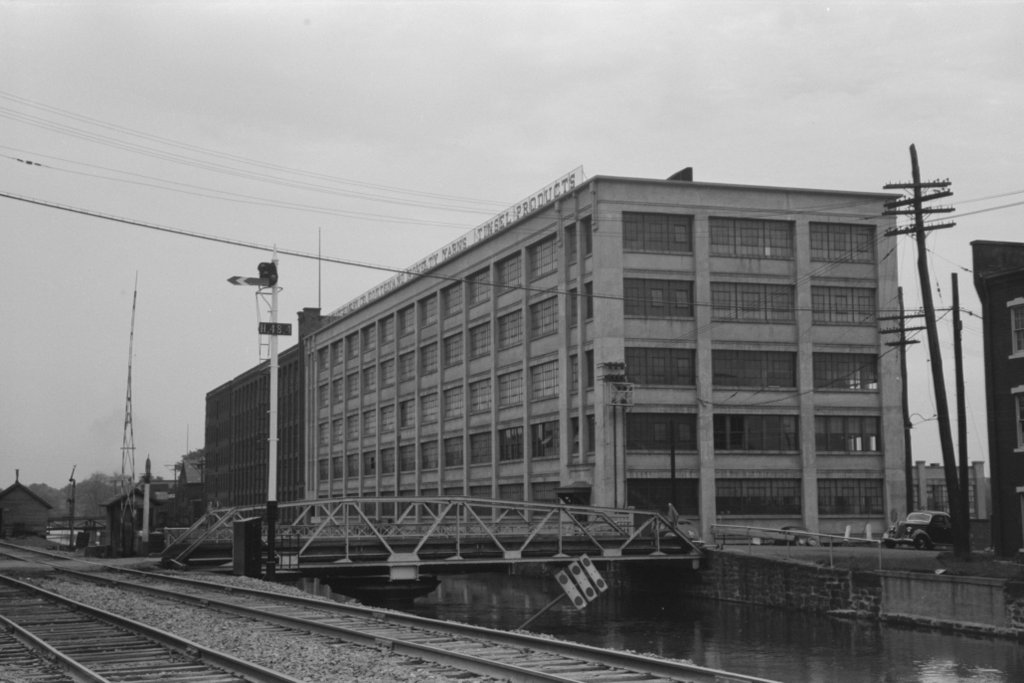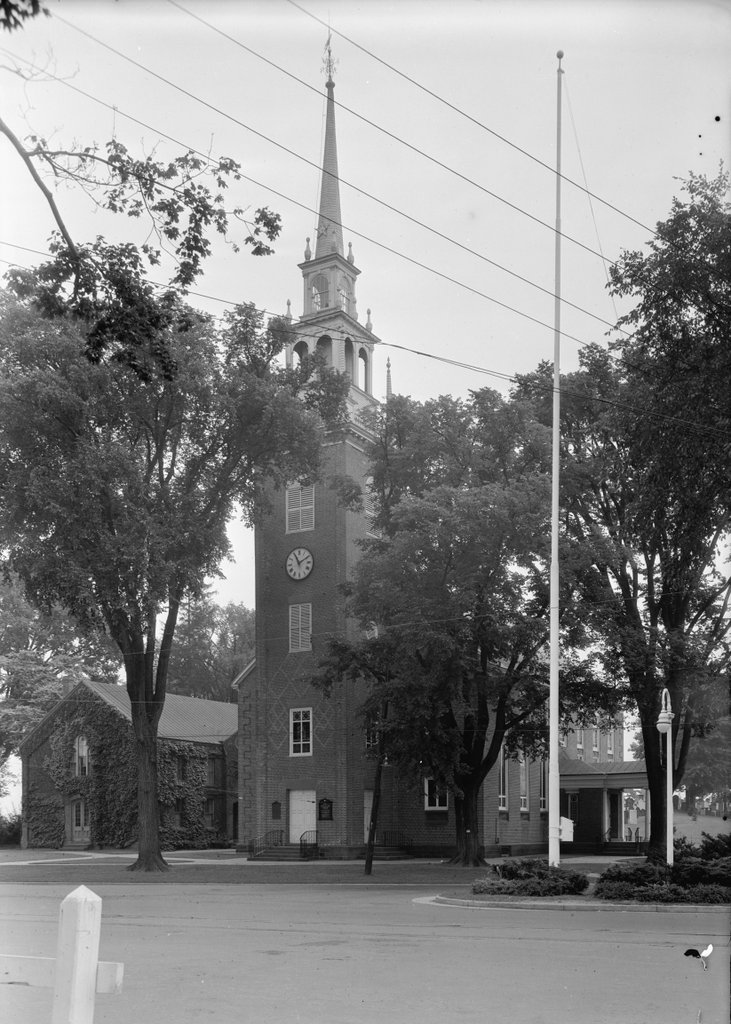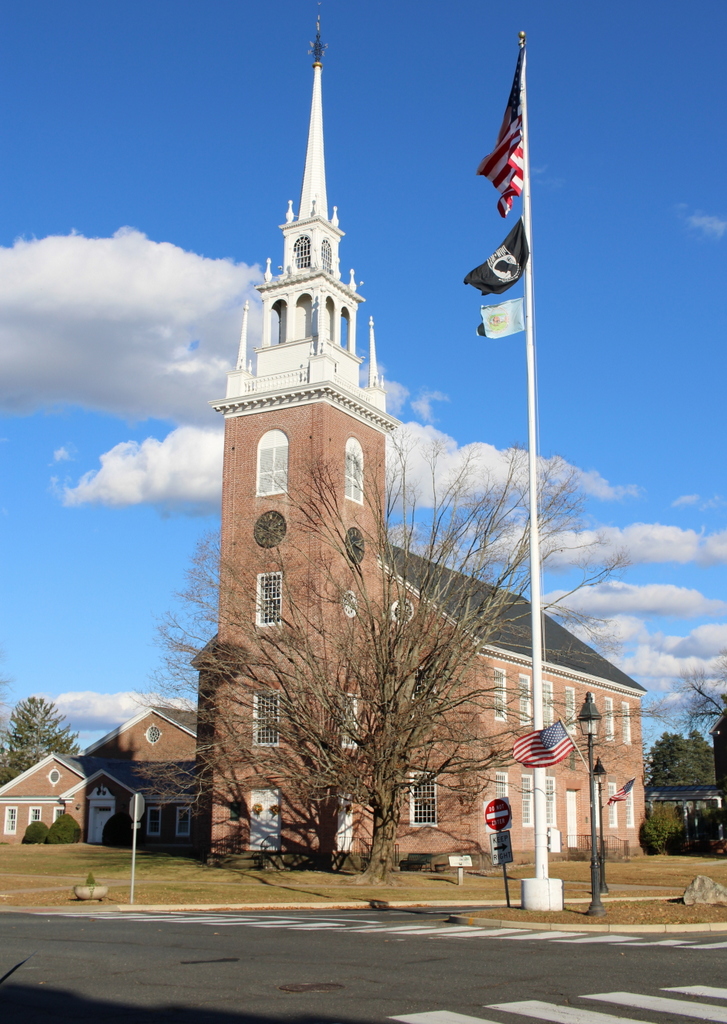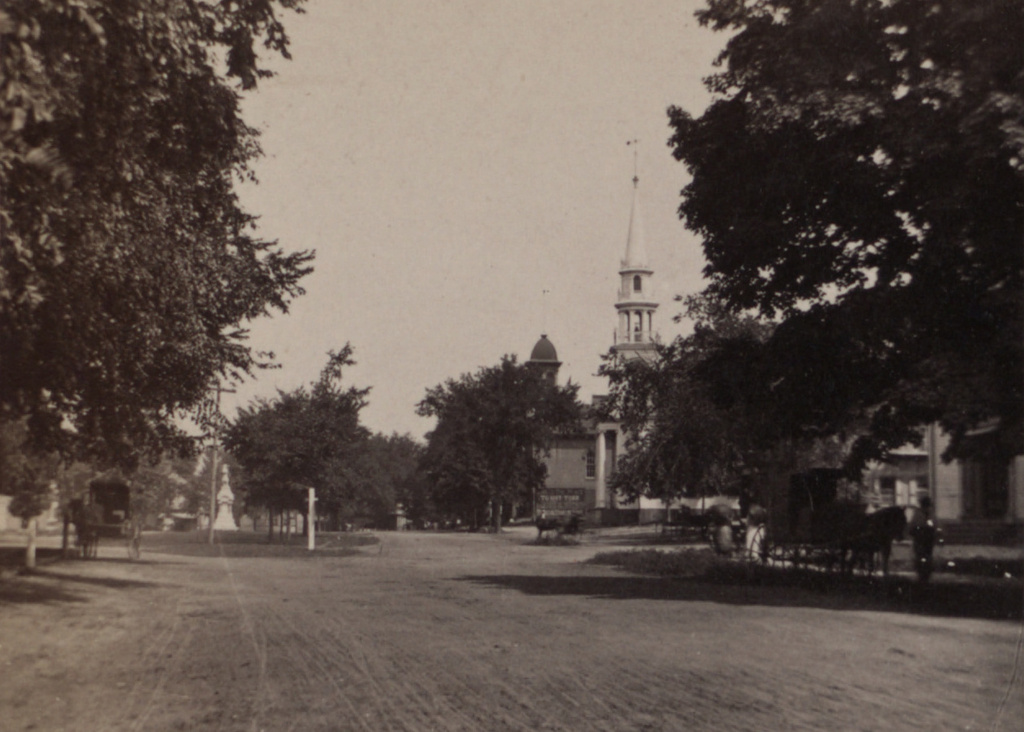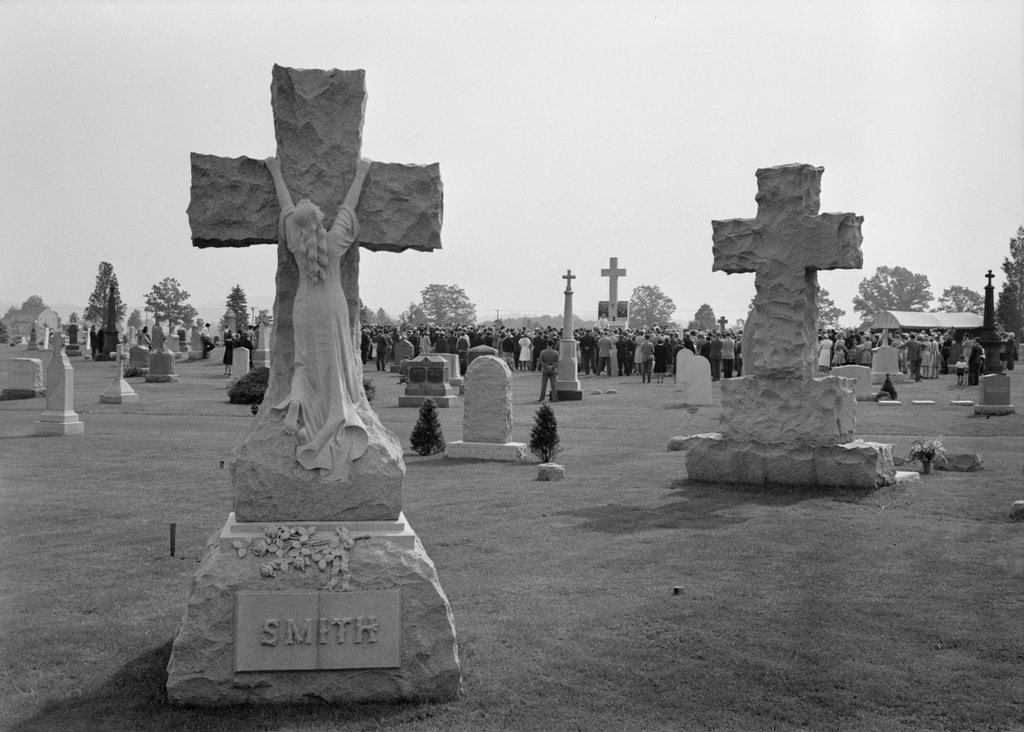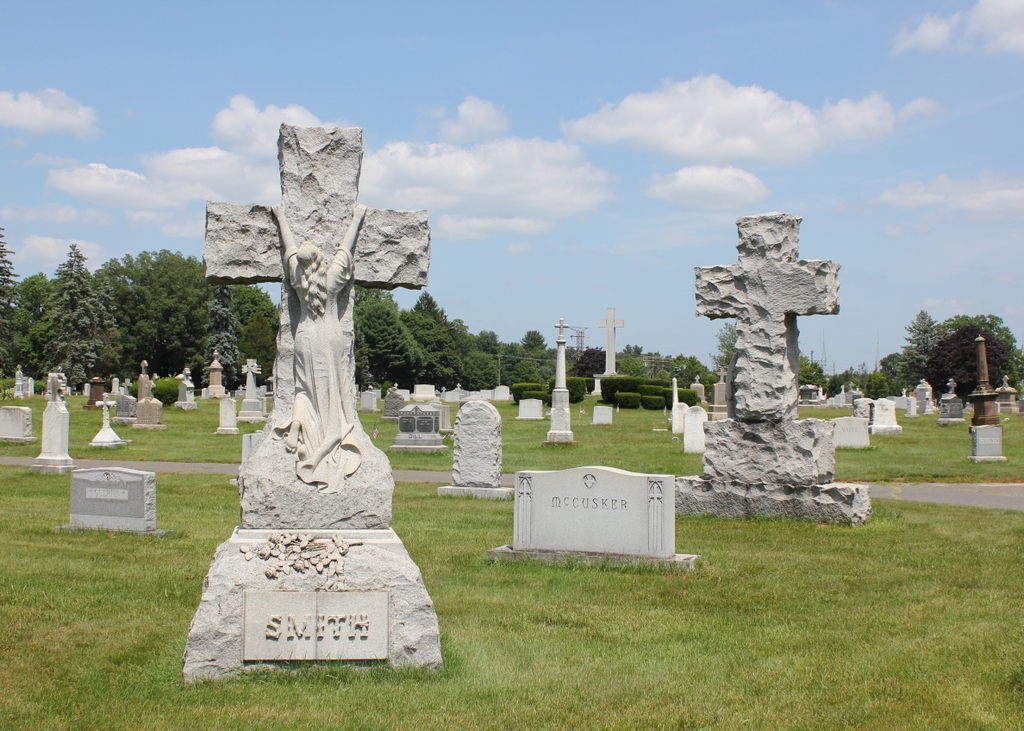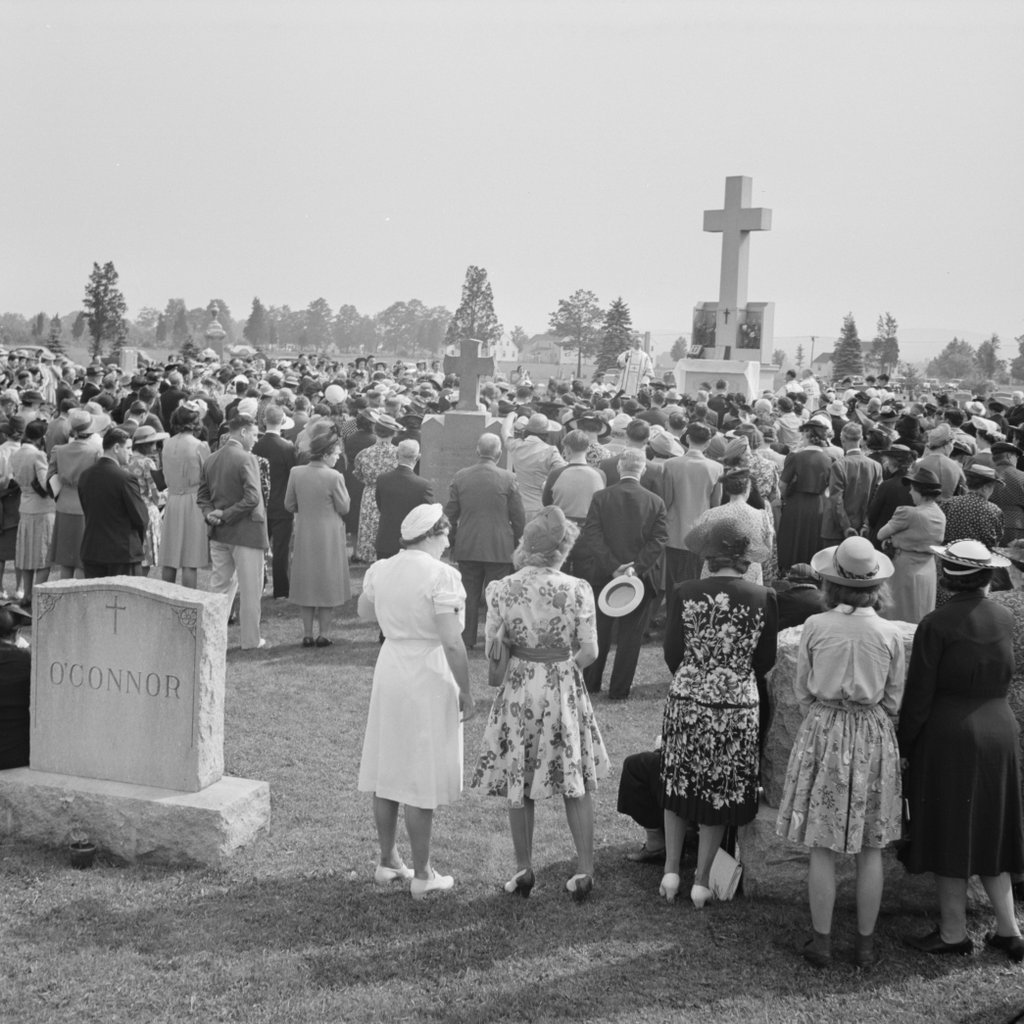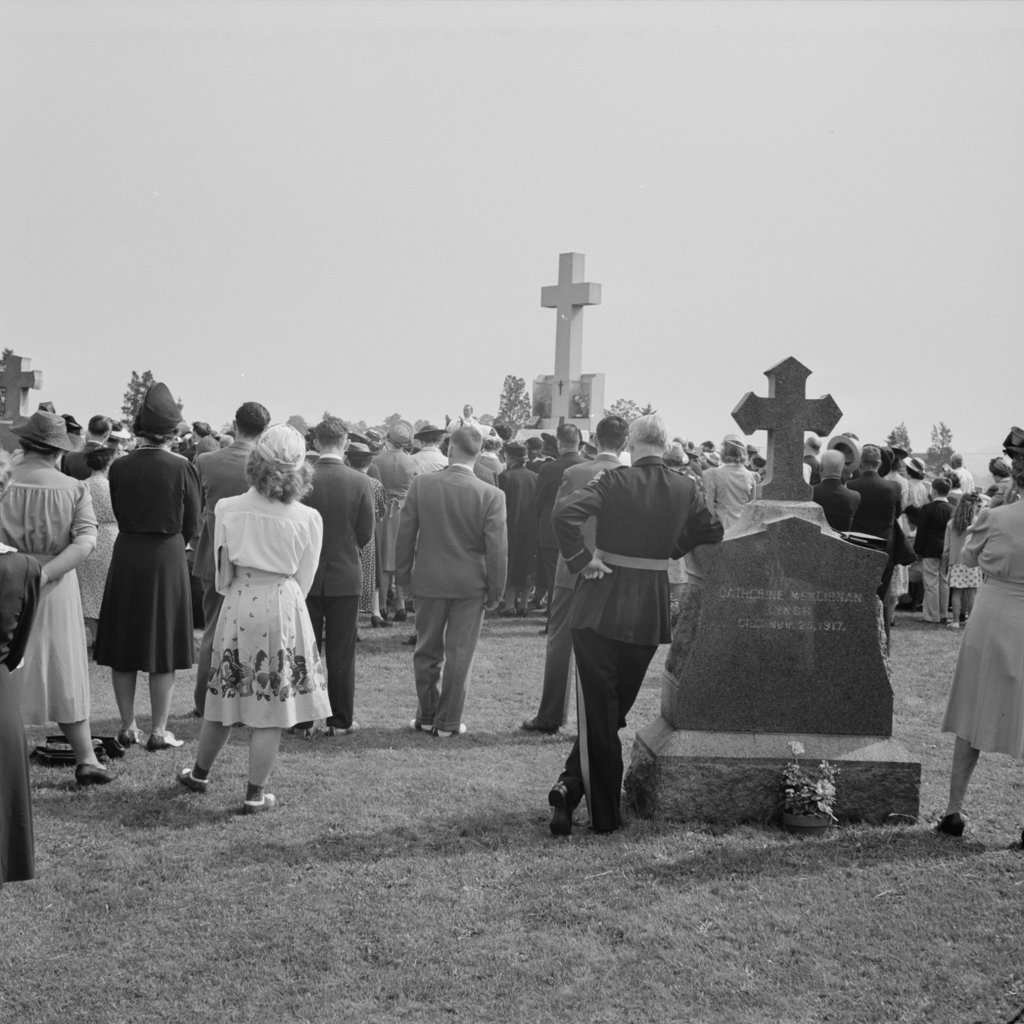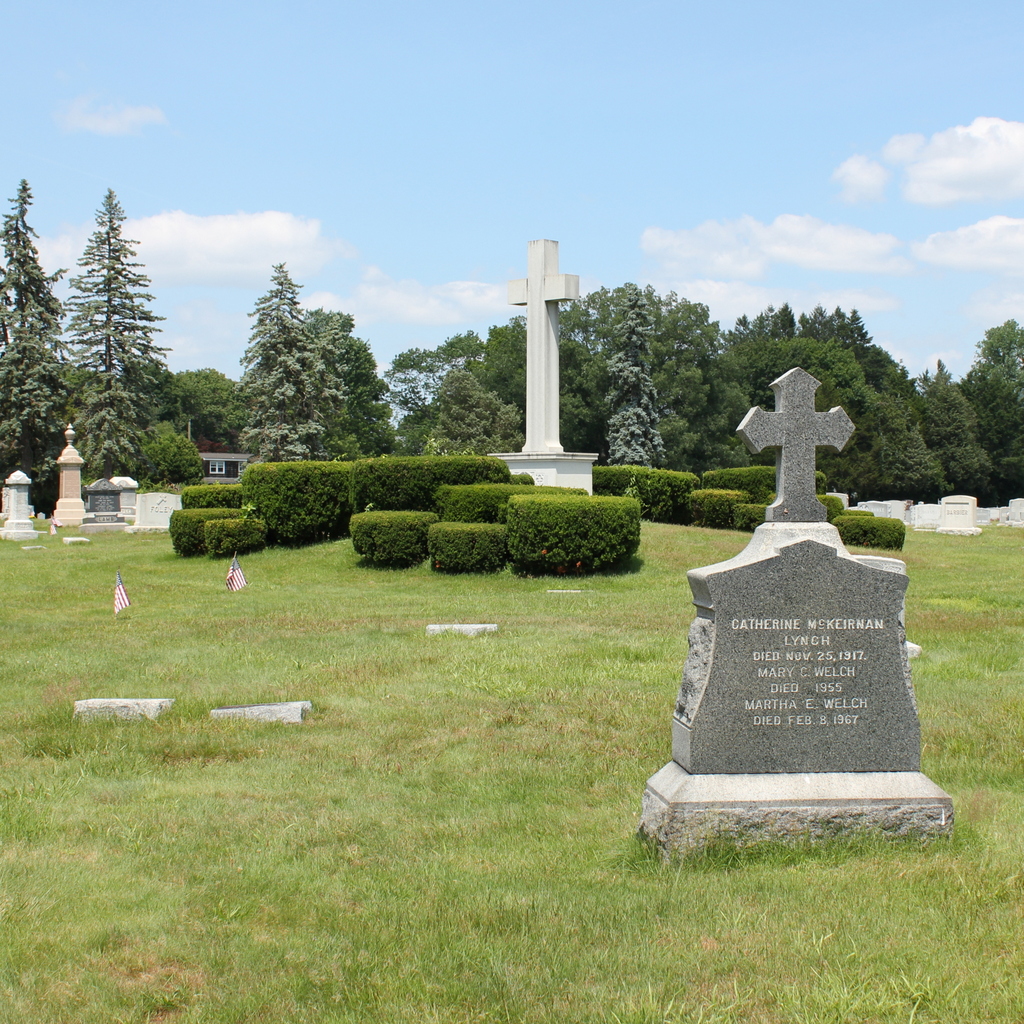The J.R. Montgomery Company, along the canal in Windsor Locks in October 1939. Image courtesy of the Library of Congress, FSA-OWI Collection.
The factory in 2015:
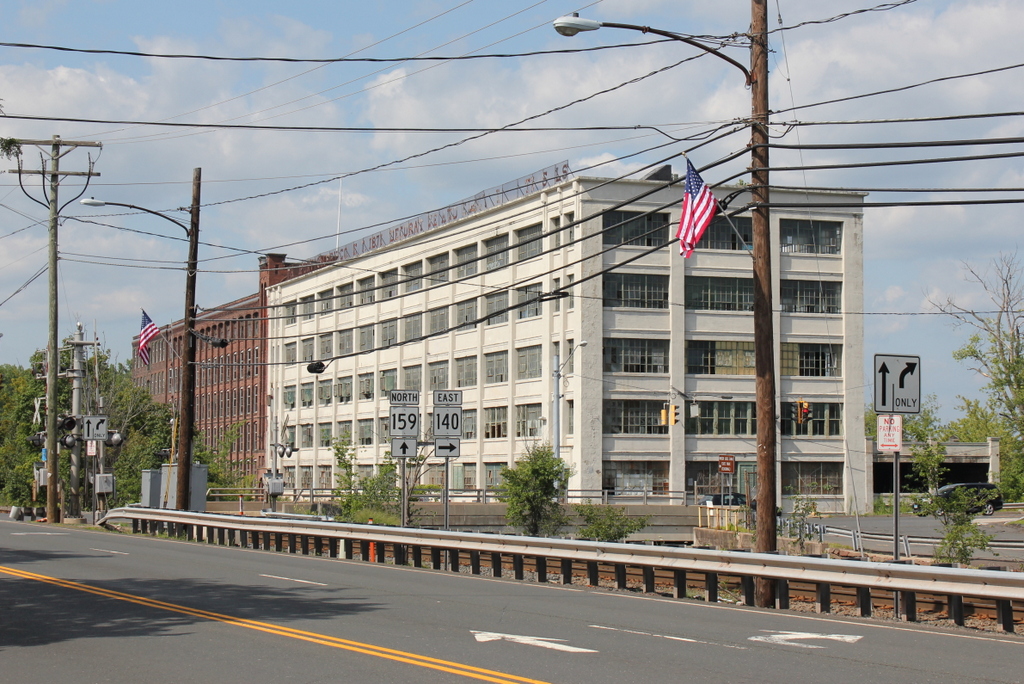
The town of Windsor Locks gets its name from the canal locks that were located here, which allowed boats to bypass the Enfield Falls just to the north. More of a series of rapids than a true waterfall, the Enfield Falls are the natural head of navigation on the Connecticut River, and were a significant obstacle to river trade with Springfield and other cities to the north. This problem was resolved in 1829, with the opening of a 5.25 mile long canal that ran parallel to the river. However, it never became a major transportation route, because like many other early 19th century canals it was soon superseded by railroads. However, at least one notable visitor did pass through here on the canal; author Charles Dickens traveled along the river on a steamboat in 1842, just two years before the construction of the Hartford and Springfield Railroad, which can be seen next to the canal in the foreground of both photos.
Although the heyday of transportation canals was short-lived, the Enfield Falls Canal was soon put to a different use. Here in Windsor Locks, at the southern end of the canal, the 30-foot drop from the canal to the river made it an ideal location for factories. Industrialist J.R. Montgomery established a thread and yarn factory here in 1871, eventually producing a variety of, as the sign atop the building reads, “Novelty Yarns” and “Tinsel Products.”
The brick building in the distance was built in 1891 and expanded to the north (further from the camera) in 1904. The white concrete section was added in 1920, so the entire structure combines 30 years of factory architecture styles into one building. However, the Montgomery Company closed in 1989, and the building has stood vacant ever since. It is listed on the National Register of Historic Places, but three fires and over 25 years of neglect have certainly taken their toll, so at this point the future of the historic property is certainly in question.

